I stopped and started with “What 👄 special writing techniques does the author use? List examples.”
Content Area: Language Arts
Over-Scaffolding Writing
Here’s what happens when we make a scaffold the final product.
How *Not* To Ask Questions About A Novel
These “discussion questions” highlight so many of the problems we’ve been looking at.
Taking A Zoologist Across Disciplines
All I did was ask students to list and explain three “disciplines.” Let’s take it a bit further!
Two Questions I Won’t Ask About A Famous Quote
Let’s do more than ask, “What did this person mean?”
What Makes An Antagonist Effective?
It’s really fun to take an already good sequence, tweak it, and get something even better!
Multiple Perspectives Gone Mad!!
Yes, I actually gave my students this question: “How could two experts’ 👓 perspectives regarding information from this reading selection differ from one another?” yikes.
Beyond “Describe How This Changed Over Time”
I want to go beyond just listing how a character changed. Let’s get students thinking about that change!
A Depth and Complexity ELA Worksheet with Problems
Here’s a Depth and Complexity worksheet I used to use with my students: I look at it now and shudder. I was making so many mistakes here. Let’s just zoom out and imagine that I asked the same questions at a book club with fellow adults. Me: What is this story’s main theme? Him: Oh, […]
Don’t Just List ⚖️ Ethical Issues
Here’s an example of a question I asked my students: ⚖️ What moral or ethical issues are raised in this book? What controversies exist? Now, the first problem is that this question is way too wordy. I often gave my class rough drafts of questions. Nowadays, I want to make sure to proofread, revise, and […]
